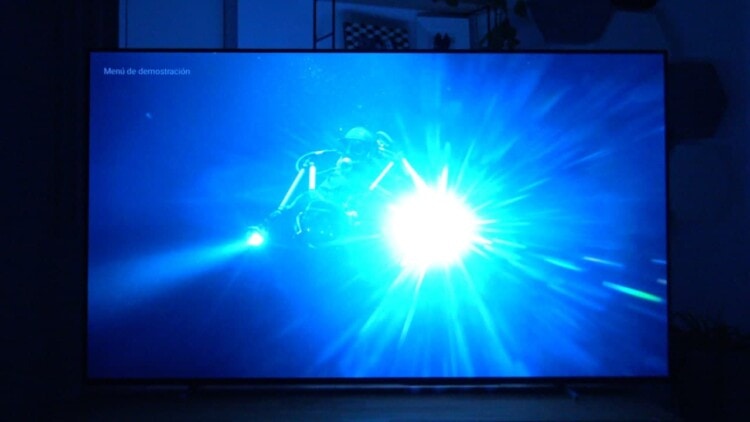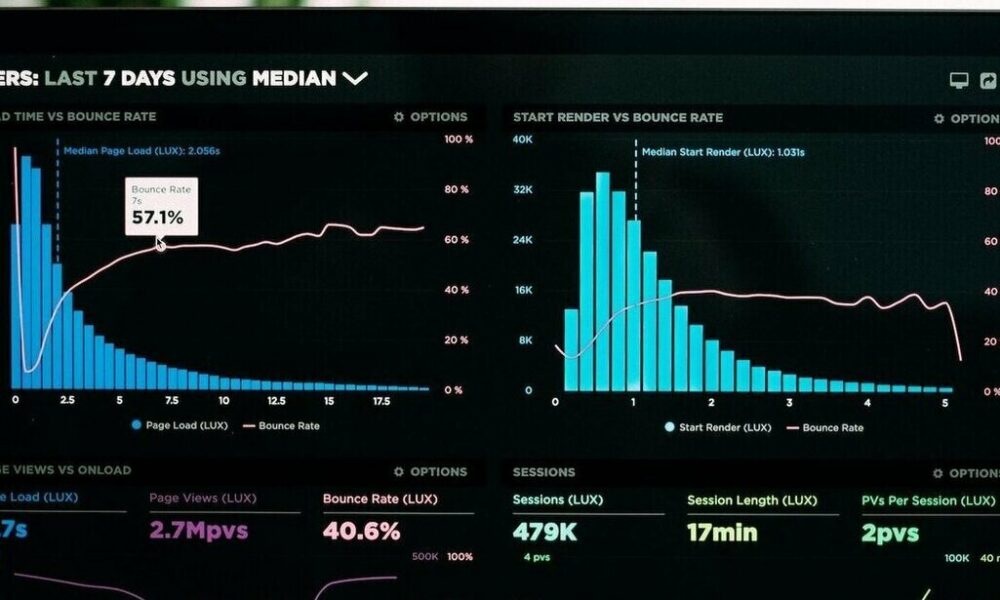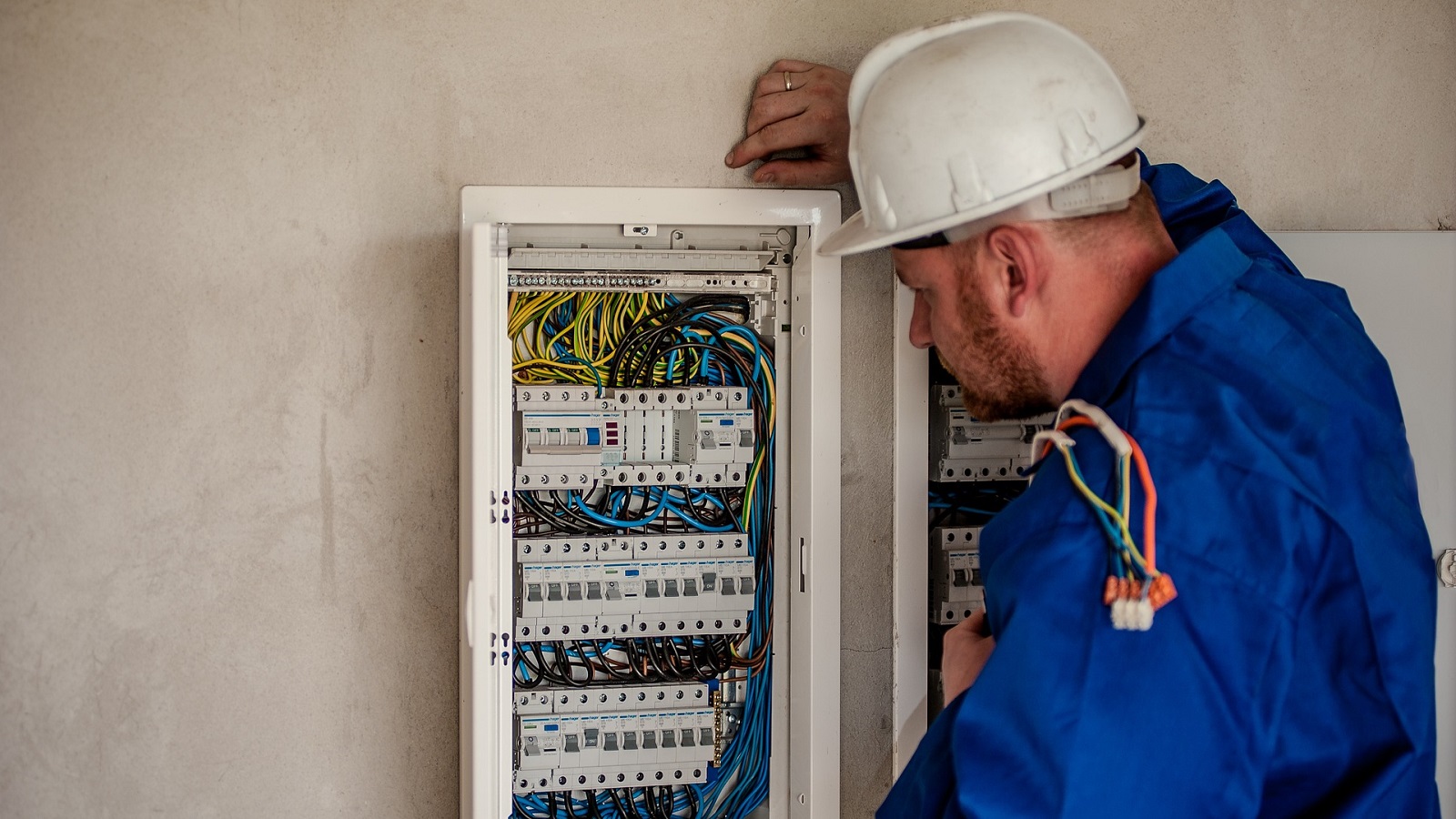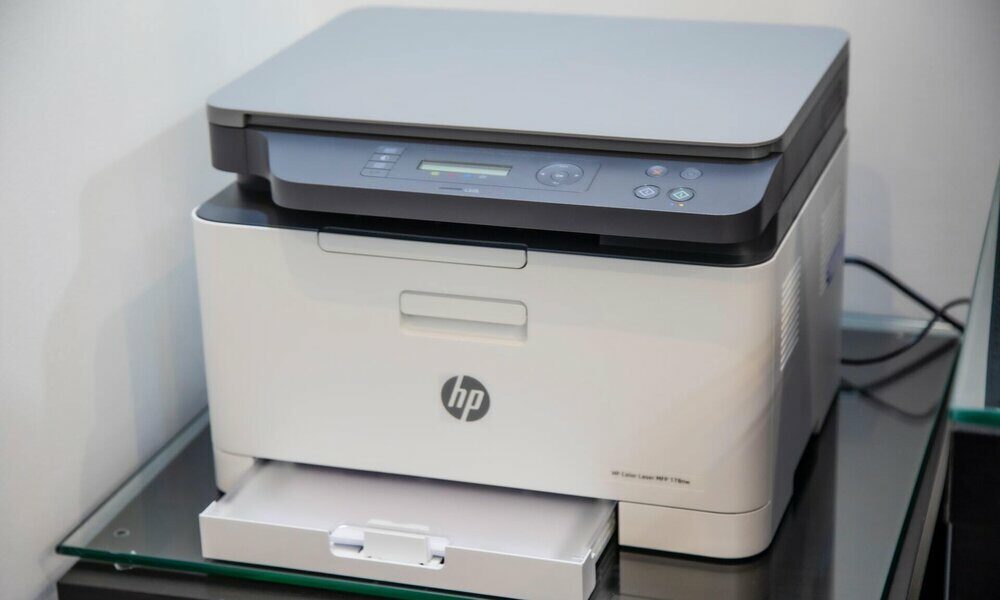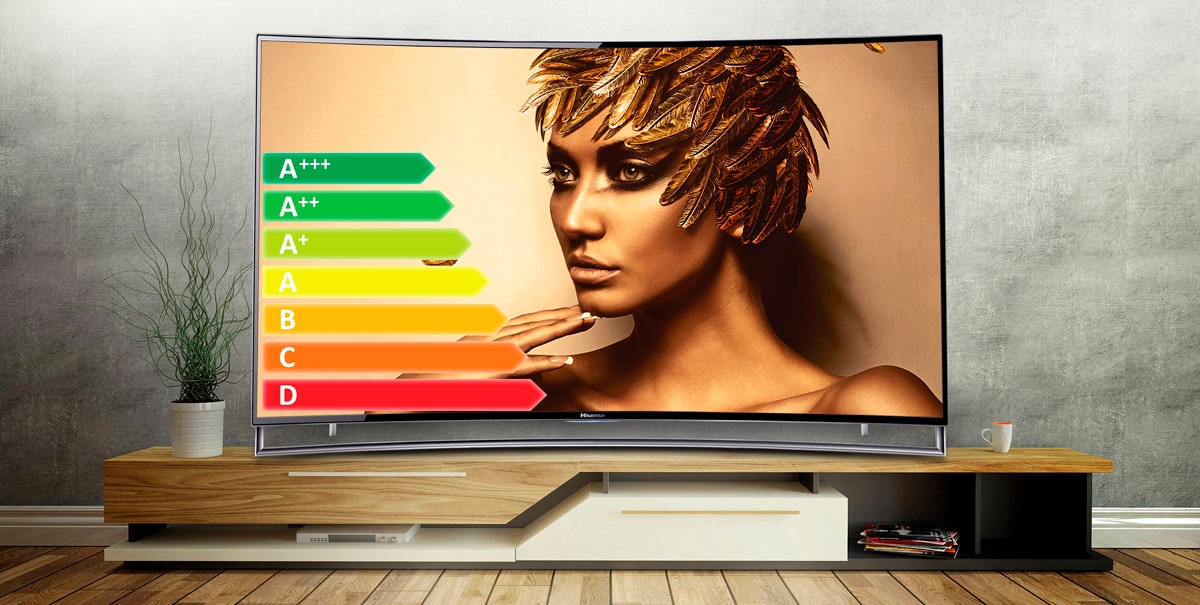
The EU continues on its energy roadmap and today it was the turn of Smart TVs: its brightness will decrease in HDR and Dolby Vision on TVs from 2023 to prevent consumption from continuing to rise (or stagnate). That is something that will affect us, as consumers, more than it might seem unless manufacturers find formulas to maintain the same brightness (or increase it) without also increasing consumption.
The EU will prioritize consumption over quality: it will limit the brightness of HDR and Dolby Vision on Smart TVs in 2023
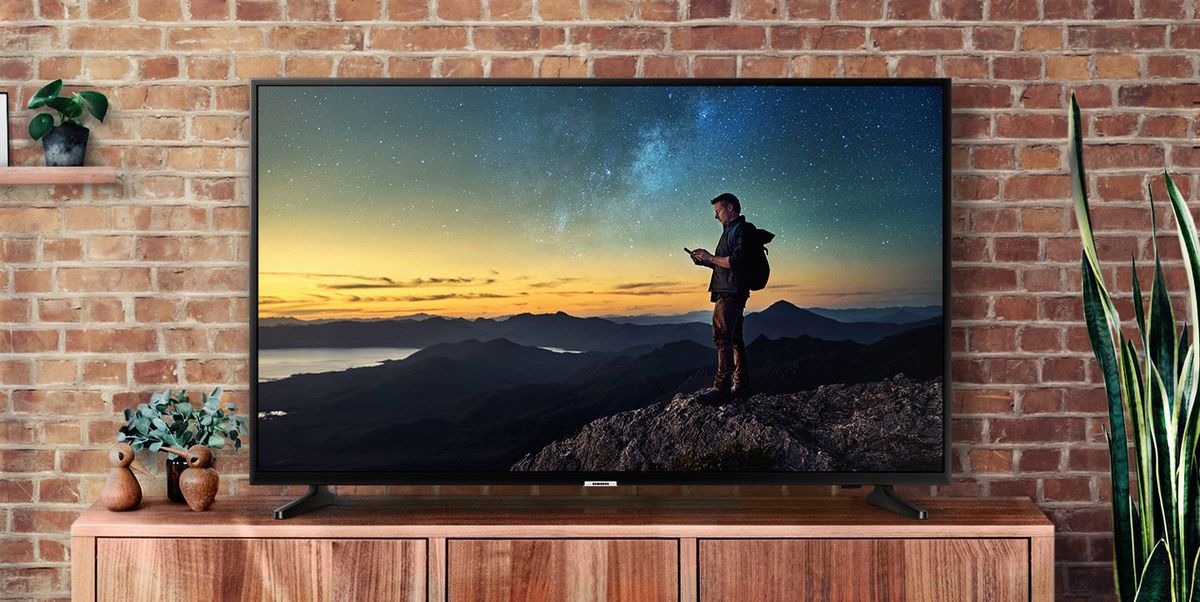
More and more products had, before 2021, the classification A+ or higher, therefore the old scale was already too restricted. For this reason, the European Union decided to change the energy scale (you can consult the original source here). The new scale is much more restrictive and very few products have achieved the new A certification, which leaves room (expands the scale) to include more efficient products in the future.
The labels also included several new features, such as a QR link to a Union-wide database that will allow consumers to access more information about the product. A number of eco-design rules also came into force from 1 March, in particular on repairability and the obligation for manufacturers to continue to stock spare parts for several years after products have ceased to be marketed. Moreover, in Smart TV practically all models are in a G certificate.
New change from 2023: or lower consumption for HDR
In the European directive that we have told you about, there is a specific section that greatly affects televisions: the new energy labels indicated consumption in SDR and HDR, separately. Since HDR images are brighter, they consume more power…hence the “double certification«. But that has an expiration date: 2023.
The key to all this lies in a regulation of said directive that establishes a maximum consumption, based on two variables: size Y resolution. This calculation, called Energy Efficiency Index It is mandatory for a television to be sold in the member countries of the European Union. The ISSwith its maximum energy consumption can be found in the following table… which, as you can see, change from March 1, 2023:
| EEImax (HD resolution) | EEImax (resolution between HD and 8K) | EEImax (resolution equal to or greater than 8K and microLED TVs) | |
| Starting March 1, 2021 | 0.90 | 1.10 | not set |
| As of March 1, 2023 | 0.75 | 0.90 | 0.90 |
As you can see, the limits were very clear for televisions introduced in the European market from March 1, 2021, already pricing the same for 2023 for 8K televisions and future MicroLED technology. Still, there was one loose end: LCD televisions do not consume the same amount -due to the nature of the technology itself- as OLED televisions, for this reason another additional calculation was made based on the ISS specifying at the technology level and inches…until 2023:
| TV size (inches) | Maximum consumption (W) LCD 4K UHD | Maximum consumption (W) OLED 4K UHD |
| 32 | 42 | There are no OLEDs of said diagonal in 2021 |
| 40 | 60 | There are no OLEDs of said diagonal in 2021 |
| 46 | 77 | There are no OLEDs of said diagonal in 2021 |
| fifty | 89 | There are no OLEDs of said diagonal in 2021 |
| 55 | 105 | 115 |
| 60 | 121 | There are no OLEDs of said diagonal in 2021 |
| 65 | 139 | 150 |
| 75 | 174 | There are no OLEDs of said diagonal in 2021 |
Great… but as we indicated, that was until March 1, 2023, when the new regulation comes into force, even stricter than the previous one and that will probably make manufacturers have to work very hard on energy efficiency. Especially since 4K and 8K televisions must comply with the same directive and the exceptions for OLED or MicroLED technologies are already disappearing. The differences in consumption between SDR and HDR also disappear.
In other words, they will have to cut the brightness levels to lower consumption, with almost total probability. You can see the new tables that will come into force from March 1, 2023, here:
| TV size (inches) | Maximum consumption (W) for 4K and 8K TV (LCD, OLED and MicroLED) |
| 32 | 3. 4 |
| 40 | 49 |
| 46 | 63 |
| fifty | 72 |
| 55 | 85 |
| 60 | 99 |
| 65 | 113 |
| 75/77 | 142 |
All this means that, by matching the maximum consumption requested by the EU in both SDR and HDR, a current 55-inch OLED as for example the LG OLED 55C1 consumes 115 W (already in energy class G). By 2023, the new 55-inch OLED model should consume a 84 watt maximum (a decrease of 23%) in order to be certified in the market (still with a G label) and to be able to be sold.
Things look worse for the European 8K sector, since a current 8K television like the Samsung 65QN900A in HDR currently consumes 341 watts. The equivalent 8K model by March 1, 2023 you can use a maximum of 113 watts. That means a beastly decrease of 67% of your current energy consumption. Come on, impossible unless you lower the maximum brightness that these televisions show.
Given the need for more nits that we require for current televisions, both LED and OLED, and seeing the current drift of the European Union with respect to its energy consumption, we very much fear that we are probably headed for a significant cut in the energy capacities of current televisions and, with this, a great decrease in their image quality.
